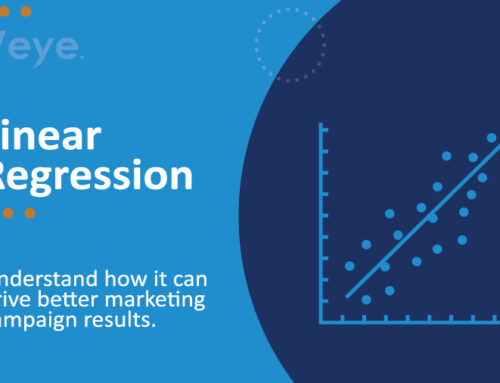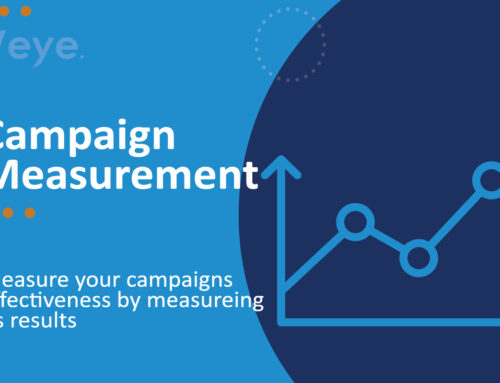When considering the design of your website, prioritize the user experience above all else. This encompasses factors such as site structure, loading times, visual elements like images, and, crucially, the quality and relevance of your content. Your brand’s identity also plays a significant role in shaping how users perceive your website.
Unfortunately, some businesses make the mistake of prioritizing their preferences over the needs of their users. While their ideas may not be inherently flawed, it’s essential to always keep the user in mind. Gathering insights from your existing customer base through surveys can provide valuable guidance. For startups, analyzing the websites of top competitors can offer valuable insights and serve as a starting point for understanding user expectations and preferences.
Here are some general principles of website design that tend to be well-received:
- Clean and Minimalistic Layout: A clutter-free and minimalistic design with plenty of white space can make a website look modern and organized.
- Responsive Design: Ensure your website is mobile-friendly and adapts seamlessly to different screen sizes and devices. Mobile responsiveness is essential as more people access the web on smartphones and tablets.
- Intuitive Navigation: Easy-to-use navigation menus and a clear hierarchy help visitors find what they’re looking for quickly. Stick to conventional navigation patterns like a horizontal menu at the top or a hamburger menu for mobile devices.
- High-Quality Imagery and Graphics: Use high-resolution images and graphics that are relevant to your content. Avoid using low-quality or pixelated visuals that can negatively impact the user experience.
- Readable Typography: Choose legible fonts and appropriate font sizes for different content elements. Typography should enhance readability and overall aesthetics.
- Consistent Branding: Maintain a consistent color scheme, logo placement, and overall branding throughout the site. This helps in building brand recognition.
- Fast Loading Times: Optimize your website for speed by compressing images, minimizing code, and using content delivery networks (CDNs) to ensure quick loading times. Slow-loading websites can deter users.
- Engaging Content: Combine text, images, and multimedia elements to create engaging and informative content. Use headings, subheadings, and bullet points to make text scannable.
- User-Friendly Forms: If your website includes forms, make them user-friendly with clear labels, error messages, and a logical flow. Minimize the number of required fields when possible.
- Call-to-Action (CTA) Buttons: Use clear and compelling CTAs to guide users toward desired actions, such as signing up for a newsletter, making a purchase, or contacting you.
- Social Proof: Incorporate social proof elements like customer reviews, testimonials, and trust badges to build credibility and trust with your audience.
- Interactive Elements: Add interactive features like sliders, accordions, or interactive maps when they enhance user engagement and understanding of your content.
- Accessibility: Ensure your website is accessible to people with disabilities by following accessibility standards (e.g., WCAG guidelines). This includes providing alternative text for images and ensuring keyboard navigation.
- Security: Implement security measures to protect user data and build trust. Use SSL certificates to encrypt data transmission and regularly update software and plugins to patch vulnerabilities.
- Cross-Browser Compatibility: Test your website in multiple browsers to ensure it functions correctly and looks good across different platforms.
- Feedback and Testing: Gather user feedback and conduct usability testing to identify areas for improvement. Continuously refine and update your website based on user input.
- Loading Animation and Transitions: Subtle animations and transitions can add a touch of sophistication and help guide users’ attention.
- Scalability and Future-Proofing: Design your website with scalability in mind so that it can easily accommodate future updates, content expansion, and changes in technology.
Remember that the most effective website design will depend on your specific audience and goals. Conduct user research, analyze website analytics, and seek feedback to continually refine and improve your website’s design based on user preferences and behaviors.







Leave A Comment
You must be logged in to post a comment.